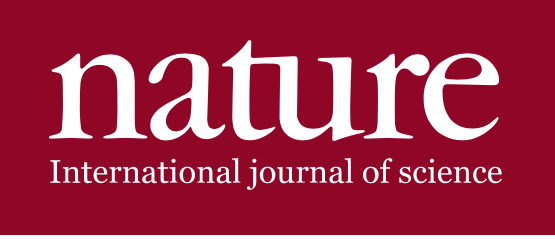PNAS 17 July 2018
Ancient human parvovirus B19 in Eurasia reveals its long-term association with humans
Mühlemann B, Margaryan A, de Barros Damgaard P, Allentoft ME, Vinner L, Hansen AJ, Weber A, Bazaliiskii VI, Molak M, Arneborg J, Bogdanowicz W, Falys C, Sablin M, Smrčka V, Sten S, Tashbaeva K, Lynnerup N, Sikora M, Smith DJ, Fouchier RAM, Drosten C, Sjögren K-G, Kristiansen K, Willerslev E, Jones TC
Human parvovirus B19 (B19V) is a ubiquitous human pathogen associated with a number of conditions, such as fifth disease in children and arthritis and arthralgias in adults. B19V is thought to evolve exceptionally rapidly among DNA viruses, with substitution rates previously estimated to be closer to those typical of RNA viruses. On the basis of genetic sequences up to ∼70 years of age, the most recent common ancestor of all B19V has been dated to the early 1800s, [...]




